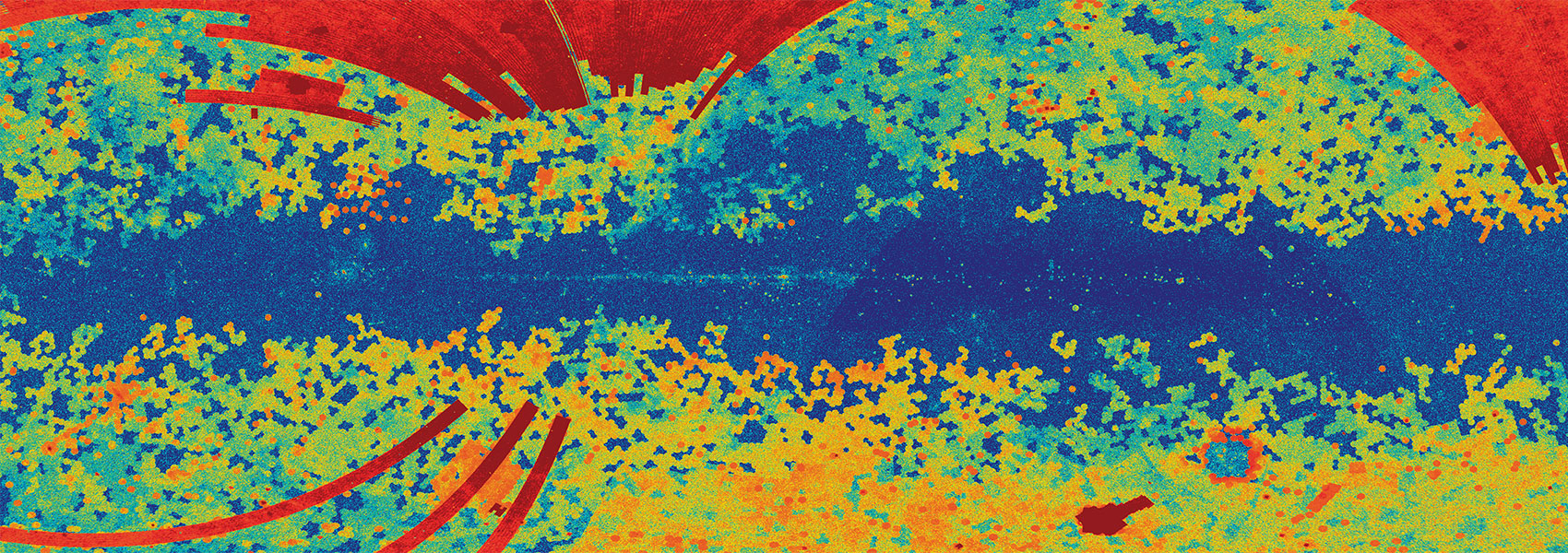May
2011
•
2011A&A...529A.102B
Authors
•
Batista, V.
•
Gould, A.
•
Dieters, S.
•
Dong, S.
•
Bond, I.
•
Beaulieu, J. P.
•
Maoz, D.
•
Monard, B.
•
Christie, G. W.
•
McCormick, J.
•
Albrow, M. D.
•
Horne, K.
•
Tsapras, Y.
•
Burgdorf, M. J.
•
Calchi Novati, S.
•
Skottfelt, J.
•
Caldwell, J.
•
Kozłowski, S.
•
Kubas, D.
•
Gaudi, B. S.
•
Han, C.
•
Bennett, D. P.
•
An, J.
•
MOA Collaboration
•
Abe, F.
•
Botzler, C. S.
•
Douchin, D.
•
Freeman, M.
•
Fukui, A.
•
Furusawa, K.
•
Hearnshaw, J. B.
•
Hosaka, S.
•
Itow, Y.
•
Kamiya, K.
•
Kilmartin, P. M.
•
Korpela, A.
•
Lin, W.
•
Ling, C. H.
•
Makita, B. S.
•
Masuda, K.
•
Matsubara, Y.
•
Miyake, N.
•
Muraki, Y.
•
Nagaya, M.
•
Nishimoto, K.
•
Ohnishi, K.
•
Okumura, T.
•
Perrott, Y. C.
•
Rattenbury, N.
•
Saito, To.
•
Sullivan, D. J.
•
Sumi, T.
•
Sweatman, W. L.
•
Tristram, P. J.
•
von Seggern, E.
•
Yock, P. C. M.
•
PLANET Collaboration
•
Brillant, S.
•
Calitz, J. J.
•
Cassan, A.
•
Cole, A.
•
Cook, K.
•
Coutures, C.
•
Dominis Prester, D.
•
Donatowicz, J.
•
Greenhill, J.
•
Hoffman, M.
•
Jablonski, F.
•
Kane, S. R.
•
Kains, N.
•
Marquette, J. -B.
•
Martin, R.
•
Martioli, E.
•
Meintjes, P.
•
Menzies, J.
•
Pedretti, E.
•
Pollard, K.
•
Sahu, K. C.
•
Vinter, C.
•
Wambsganss, J.
•
Watson, R.
•
Williams, A.
•
Zub, M.
•
FUN Collaboration
•
Allen, W.
•
Bolt, G.
•
Bos, M.
•
DePoy, D. L.
•
Drummond, J.
•
Eastman, J. D.
•
Gal-Yam, A.
•
Gorbikov, E.
•
Higgins, D.
•
Janczak, J.
•
Kaspi, S.
•
Lee, C. -U.
•
Mallia, F.
•
Maury, A.
•
Monard, L. A. G.
•
Moorhouse, D.
•
Morgan, N.
•
Natusch, T.
•
Ofek, E. O.
•
Park, B. -G.
•
Pogge, R. W.
•
Polishook, D.
•
Santallo, R.
•
Shporer, A.
•
Spector, O.
•
Thornley, G.
•
Yee, J. C.
•
MiNDSTEp Consortium
•
Bozza, V.
•
Browne, P.
•
Dominik, M.
•
Dreizler, S.
•
Finet, F.
•
Glitrup, M.
•
Grundahl, F.
•
Harpsøe, K.
•
Hessman, F. V.
•
Hinse, T. C.
•
Hundertmark, M.
•
Jørgensen, U. G.
•
Liebig, C.
•
Maier, G.
•
Mancini, L.
•
Mathiasen, M.
•
Rahvar, S.
•
Ricci, D.
•
Scarpetta, G.
•
Southworth, J.
•
Surdej, J.
•
Zimmer, F.
•
RoboNet Collaboration
•
Allan, A.
•
Bramich, D. M.
•
Snodgrass, C.
•
Steele, I. A.
•
Street, R. A.
Abstract
•
Aims: We report the discovery of a planet with a high planet-to-star mass ratio in the microlensing event MOA-2009-BLG-387, which exhibited pronounced deviations over a 12-day interval, one of the longest for any planetary event. The host is an M dwarf, with a mass in the range 0.07 M⊙ < Mhost < 0.49 M⊙ at 90% confidence. The planet-star mass ratio q = 0.0132 ± 0.003 has been measured extremely well, so at the best-estimated host mass, the planet mass is mp = 2.6 Jupiter masses for the median host mass, M = 0.19 M⊙.
Methods: The host mass is determined from two "higher order" microlensing parameters. One of these, the angular Einstein radius θE = 0.31 ± 0.03 mas has been accurately measured, but the other (the microlens parallax πE, which is due to the Earth's orbital motion) is highly degenerate with the orbital motion of the planet. We statistically resolve the degeneracy between Earth and planet orbital effects by imposing priors from a Galactic model that specifies the positions and velocities of lenses and sources and a Kepler model of orbits.
Results: The 90% confidence intervals for the distance, semi-major axis, and period of the planet are 3.5 kpc < DL < 7.9 kpc, 1.1 AU < a < 2.7 AU, and 3.8 yr < P < 7.6 yr, respectively.
Photometric data is only available in electronic form at the CDS via anonymous ftp to cdsarc.u-strasbg.fr (130.79.128.5) or via http://cdsarc.u-strasbg.fr/viz-bin/qcat?J/A+A/529/A102
Links




